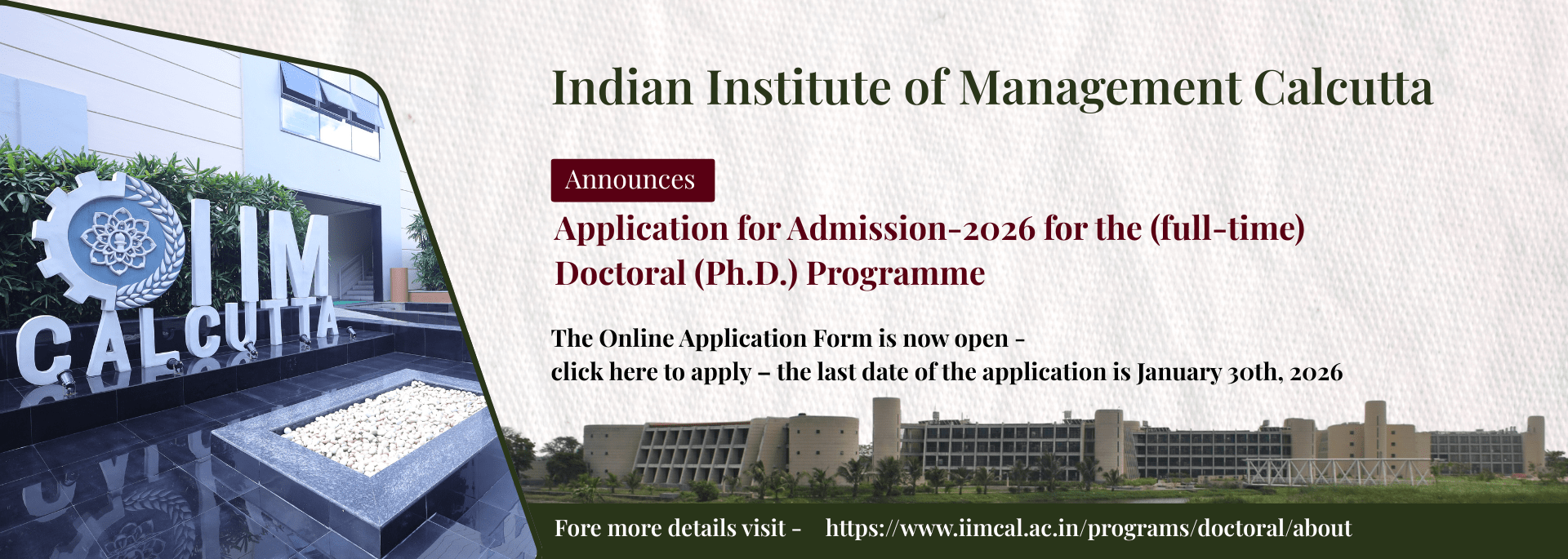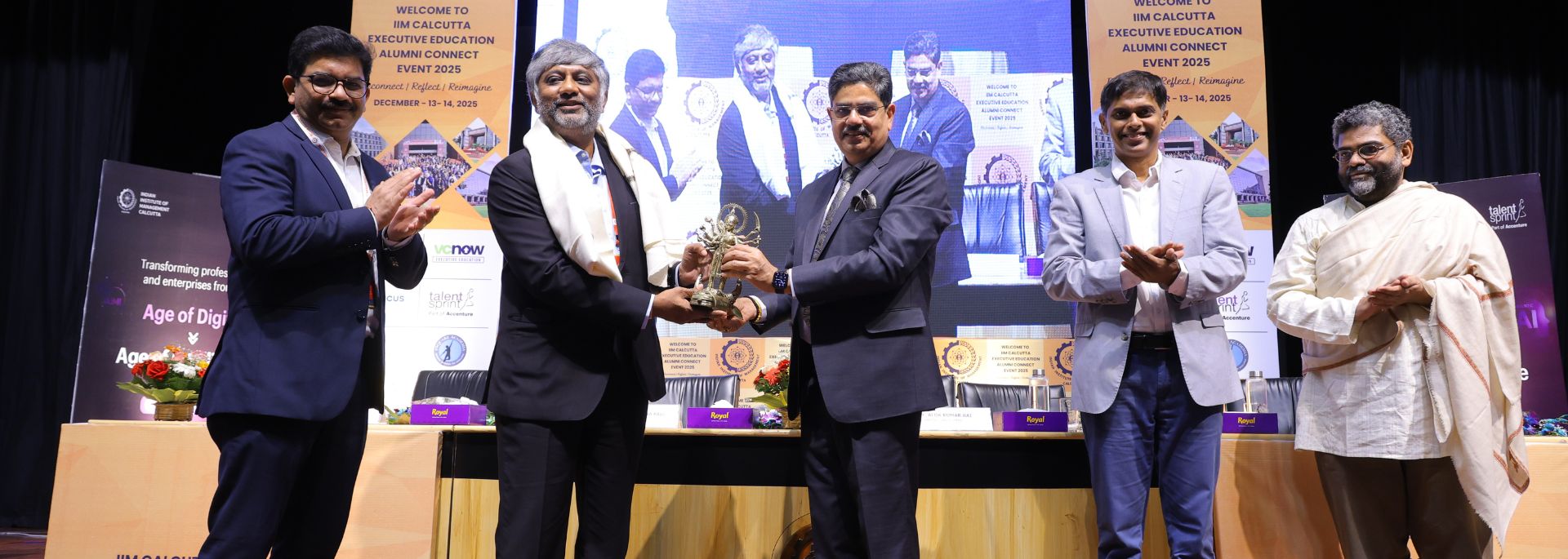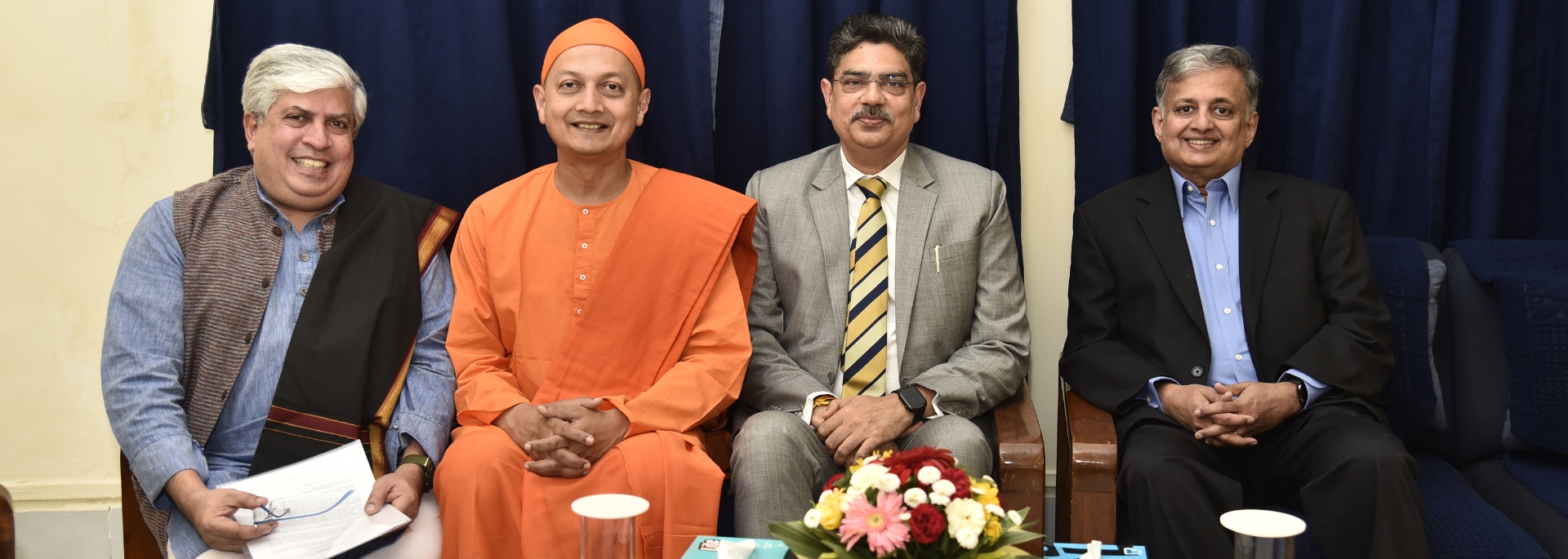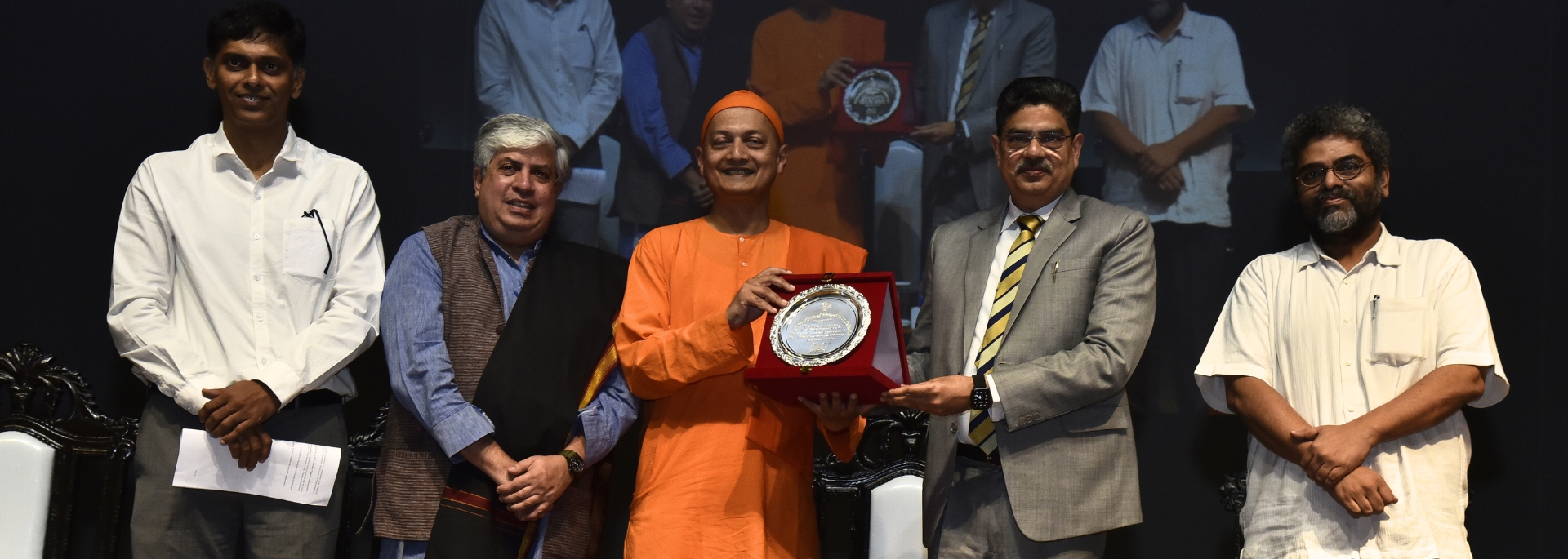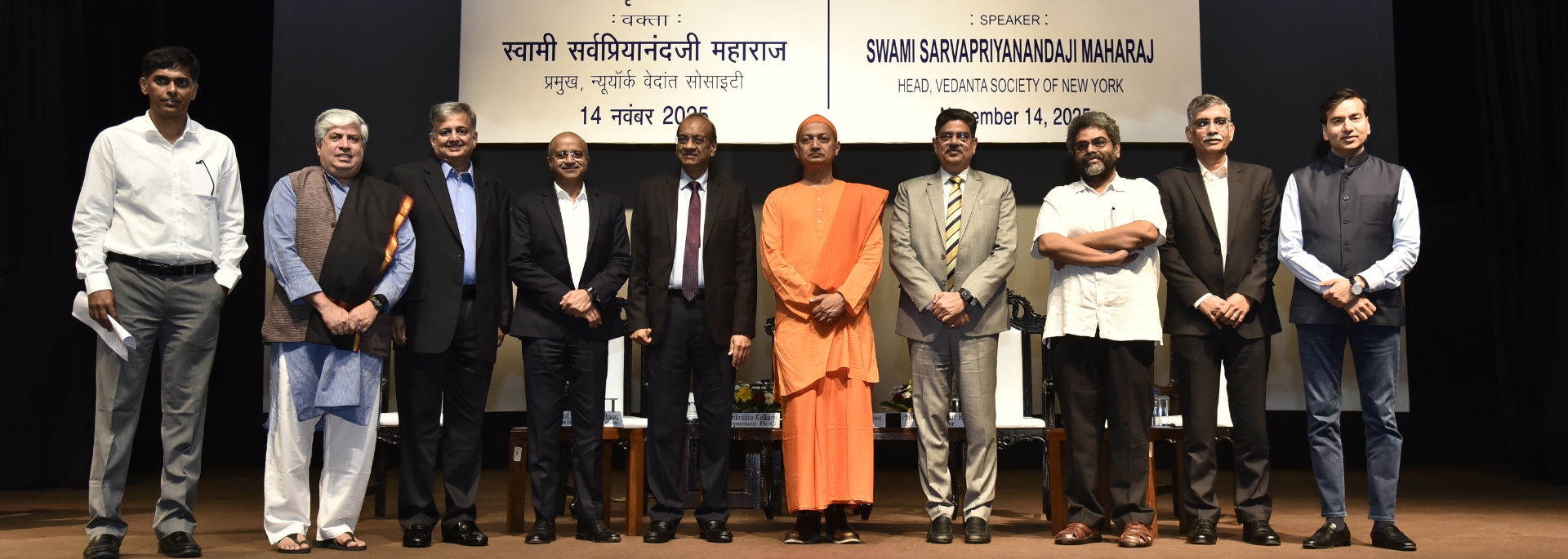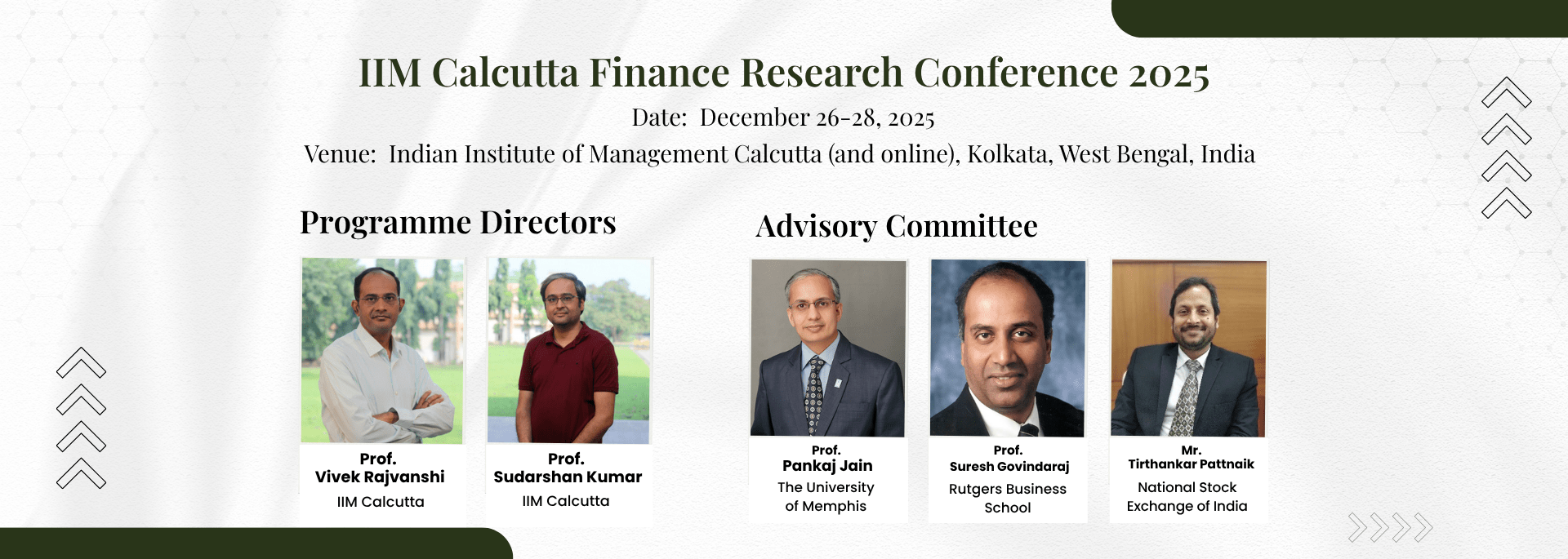
MONETARY POLICY
Partha Ray
239 pages; Rs 260
PATHWAYS TO ECONOMIC DEVELOPMENT
Amitava Krishna Dutt
211 pages; Rs 295
CAPITAL FLOWS AND EXCHANGE RATE MANAGEMENT
Soumyen Sikdar
135 pages; Rs 225
All published by Oxford University Press
If you are one of those people who on seeing newspaper headlines like "RBI keeps repo rate unchanged" or "Rupee drops by 8%" wonders what the fuss is all about and are curious to know more, there are three recent books from Oxford University Press that are worth checking out. Each of these books is slim enough (150 pages or so) and small enough (seven inches by five inches) to fit in your trouser pocket (or purse, if you are a woman) to quickly read through on a Mumbai-Delhi flight.
When the Reserve Bank of India (RBI) insists on keeping the interest rate high, and thereby keeps the equated monthly instalment on your home and car loans punishingly high, is it doing the right thing? What stops the RBI from dropping the interest rate drastically and letting us all go on a buying spree? Should we believe the RBI when it says it is keeping interest rates high to stave off inflation, which, if left uncontrolled, will make all things we buy more expensive? What makes the RBI believe that such "monetary policy" interventions will make any difference?
In the first book in this series, Monetary Policy, Partha Ray, professor of economics at the Indian Institute of Management (IIM)-Calcutta, spells out the theoretical background to help us take a view on such matters. He comes with the advantage that he has been director of economic and policy research at the RBI, as well as an advisor to the International Monetary Fund in Washington, D C.
In the recent Lok Sabha elections in which the Bharatiya Janata Party won an unexpectedly large number of seats, explanations of this victory have mostly revolved around the theory that we Indians put our vote behind Narendra Modi because he promised "development", unlike other political leaders who have tried to lure us by claims to caste and other sectarian loyalties.
Yet what is "development"? Does it mean soaring skyscrapers, breathtaking flyovers and a booming Sensex? Is it measured by higher per capita income? Should we worry that a higher per capita income may hide a situation in which this high per capita income is made up by five per cent of the people earning 70 per cent of the income, while all others starve? Or should we target, like Professor Amartya Sen suggests, things that citizens value: like being educated and healthy, having dignity and so on? These issues are examined by the second book, Pathways to Economic Development, by Amitava Krishna Dutt, professor of economics and politics at the University Of Notre Dame.
When I started working in 1971, you needed to pay only Rs 12 for every dollar; today you need to fork out Rs 60 or more for the same dollar. Why has the rupee dropped in value so much against the dollar in the past few years? You will find answers to this in the third book in this series, Capital Flows and Exchange Rate Management, by Soumyen Sikdar, professor of economics at IIM-Calcutta. Other paradoxes he examines include why India experienced such a surge of foreign funds that in 2011, for example, India had $320 billion in foreign exchange reserves when an economic giant like Germany had only $263 billion.
All three books are part of a series that Oxford University Press calls its "Short Introduction Series". The series editor is Anindya Sen, professor of economics at IIM-Calcutta.
In 1928, George Bernard Shaw wrote The Intelligent Woman's Guide to Socialism, Capitalism, Sovietism and Fascism, an attempt to explain to his sister-in-law the larger meaning of the events of that time: the rise of Nazi Germany, the triumph of the communists in Russia, the shaky financial markets - all of which eventually led to the Great Depression and the Second World War. These three books are, I believe, motivated by a similar spirit: to explain the great economic issues of our times such that every thinking citizen who is willing to invest a bit of his time can understand and participate in the shaping of things.



